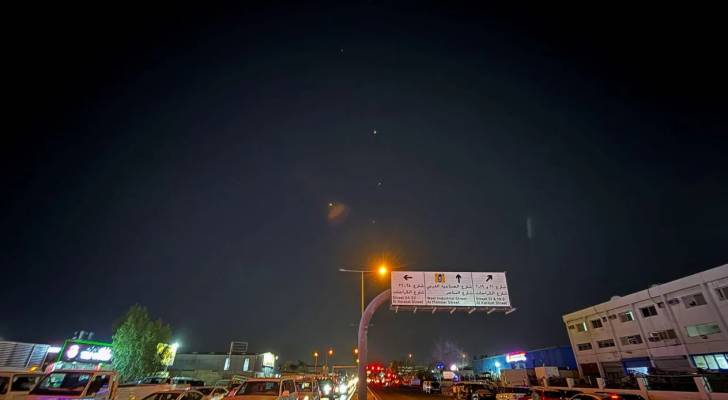Evidence of ancient copper industry unearthed in northern Jordan Valley
The Jordan Times
AMMAN — The site in the northern Jordan Vally, Northern Shuna, was of interest for scholars who studied the ancient metallurgy.
The evidence from Shuna takes the form of fragments of small rectangular moulds, used for casting copper bars or ingots, and a number of pieces of crucibles, which are small semi-circular vessels used for melting and pouring copper, said Professor Philip Graham from Durham University.
Graham noted that these were found when excavating a midden (rubbish deposit) which belonged to the Late Early Bronze Age I phase of the site, which dates to approximately 3,300-3,100 BC.
"Chemical analysis undertaken on small fragments of copper that were adhering to walls of the crucibles indicted the presence of small amounts of Arsenic and Nickel in the copper," Graham continued.
The professor added that the presence of these elements is not observed on copper from the Faynan sources in southern Jordan, which is generally quite pure.
Lead isotope analysis subsequently confirmed that the copper from Shuna was smelted from copper ores which are of a very different age from those found at Faynan and that the copper from Shuna is more likely to have come from ores found in southeast Turkey.
Graham has directed fieldwork projects in Jordan, Syria and Lebanon.
He was also assistant director of the British Institute at Amman for Archaeology and History (now the CBRL) between 1989 and 1992, which is when he started work at Tell ash-Shuna ash-Shamiliyya with the support of the CBRL and the Department of Antiquities of Jordan. The excavations ran from 1991-94.
Talking about difference between the copper production in Northern Shuna and in Wadi Faynana, the professor said: "The copper from Shuna differs from that which comes from Faynan both in terms of its chemical composition and its age [which is what lead-isotope analysis actually measures].”
“Also, much of the evidence from Faynan concerns copper extraction [mining], whereas at Shuna we have evidence for copper-working, that is the melting and casting of copper to produce artefacts such as axes, chisels and so on," he added.
But the copper was brought to the site from somewhere else – ultimately from southeast Turkey but probably reaching Shuna through a succession of shorter exchanges.
In the late 4th millennium BC, sites in northern Jordan were connected to long-range networks for obtaining desirable raw materials such as copper, and that sites in northern Jordan had access to copper from sources other than Faynan.
"The presence of moulds and crucibles might suggest that during the Late EB I period, Shuna – which was around 20 hectare in extent and so quite a large site at that time - served as a manufacturing centre for copper artefacts which could then have been distributed to other, possibly smaller, sites in the area," Graham underscored.
Latest News
-
 CEASEFIRE IS NOW IN EFFECT, PLEASE DO NOT VIOLATE IT!
CEASEFIRE IS NOW IN EFFECT, PLEASE DO NOT VIOLATE IT!
-
 Iran missile strike on US Al Udeid base heightens Gulf tensions
Iran missile strike on US Al Udeid base heightens Gulf tensions
-
 Syria announces arrests over Damascus church attack: Interior ministry
Syria announces arrests over Damascus church attack: Interior ministry
-
 Qatar suspends air traffic as precautionary measure: Foreign ministry
Qatar suspends air traffic as precautionary measure: Foreign ministry
-
 Khamenei retreats to bunker as fears of assassination grow: New York Times
Khamenei retreats to bunker as fears of assassination grow: New York Times